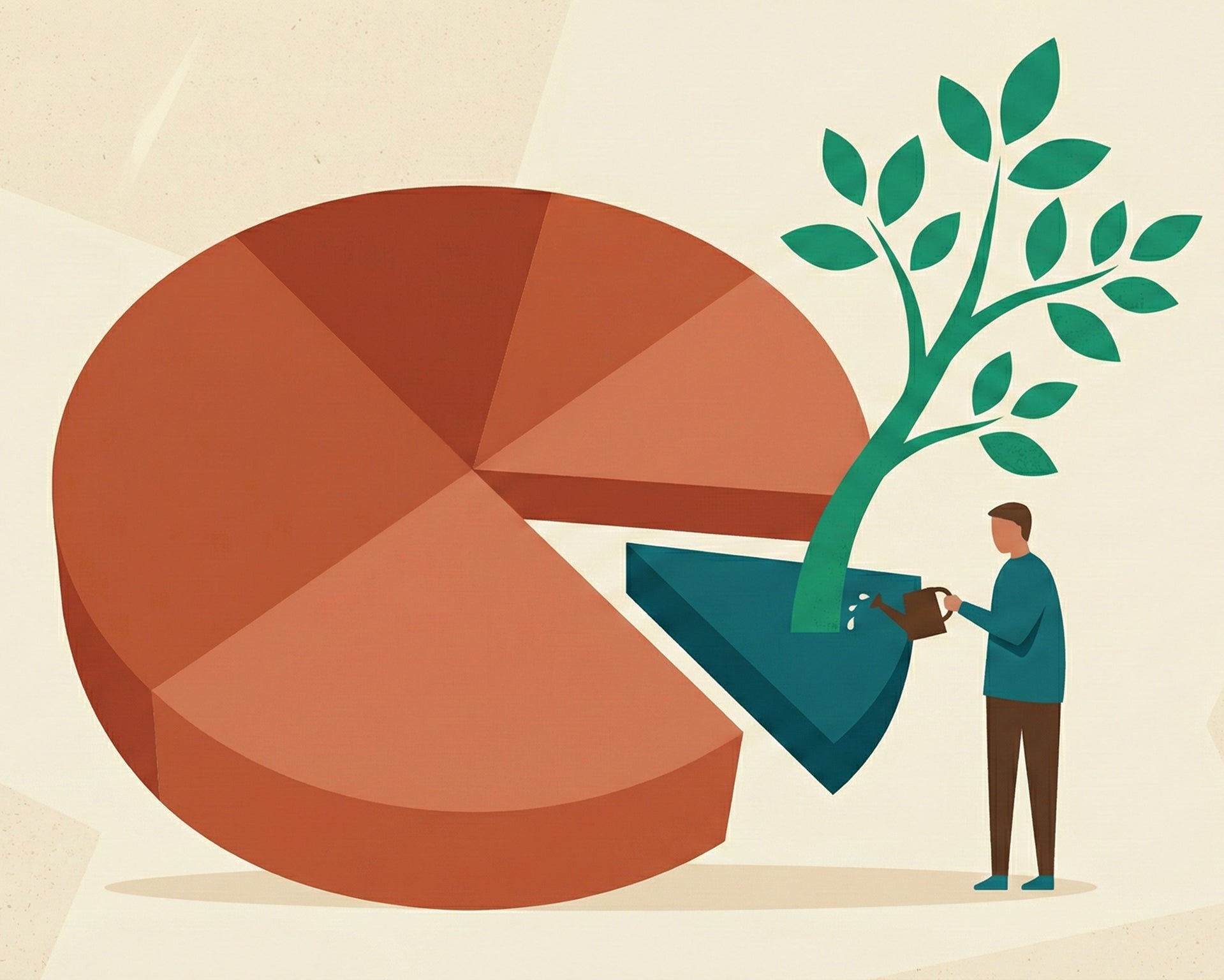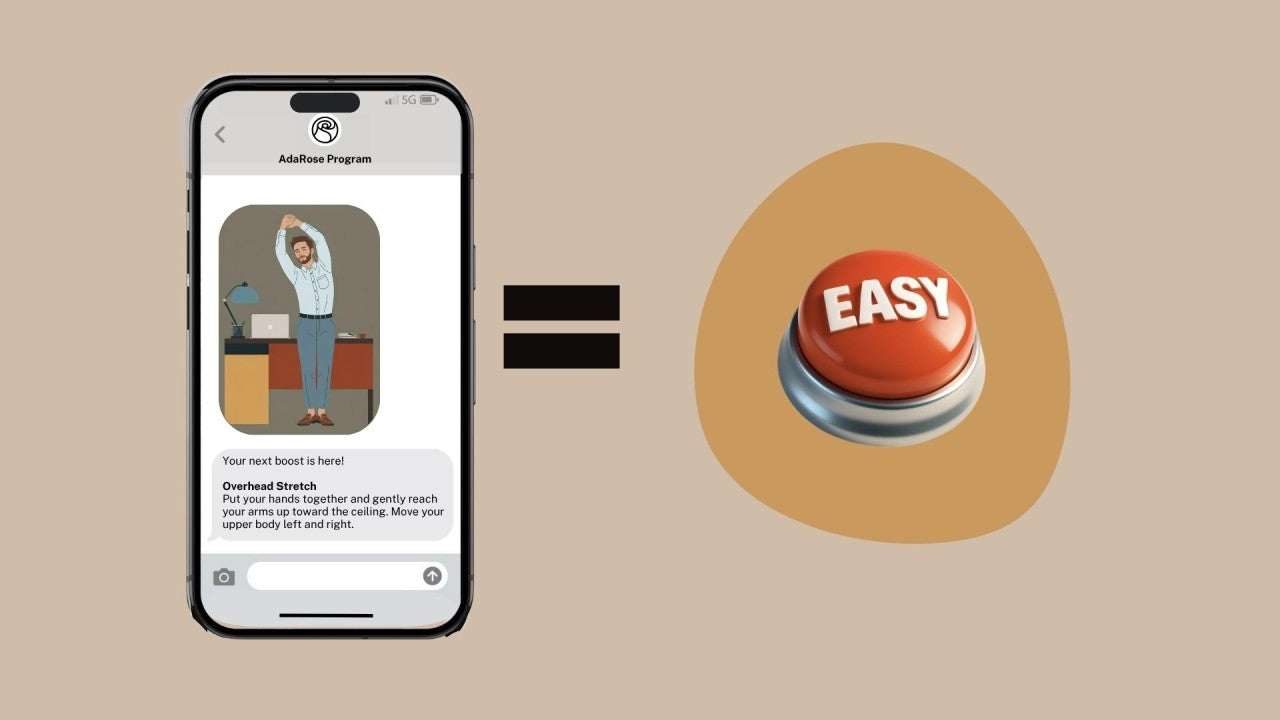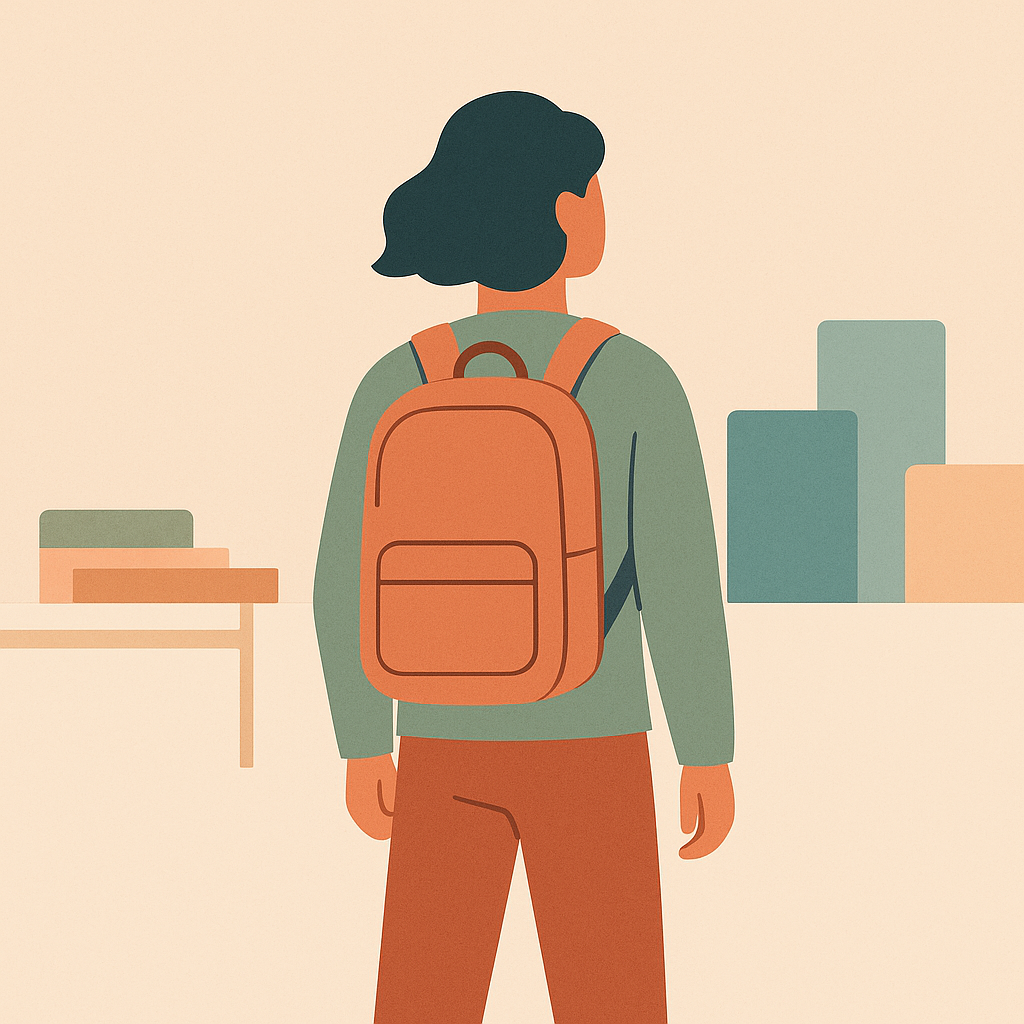During the COVID pandemic mental health problems and technology use are both unusually high. Does that mean technology is bad for us? Not necessarily, though it is in some ways contributing to our problems.
When it comes to mental health, technology can both harm and heal us: context matters a lot. The good news is, there are resources to help you and your family navigate technology in ways that protect and contribute to your wellbeing.
We’re under a lot of stress
The pandemic is taking a big toll on the mental health of Americans. More than 40% of adults have reported symptoms of anxiety or depression in 2021, up from 10% in 2019. Each year since the pandemic started, between 40% and 60% of the population reports that their stress levels are up compared to the prior year.
Common sources of anxiety include the fear of getting sick, fear of people we love getting sick, and economic strain, including stress related to job loss.
Girls are especially at risk of mental health problems during the pandemic. Emergency room visits for suspected suicide attempts for girls between ages 12 and 17 went up by 26% during summer 2020 and by 50% during winter 2021, compared with the same periods in 2019 according to US News and the U.S. Centers for Disease Control and Prevention. For boys in that age range and young adults aged 18 to 25 ER visits for suspected suicide attempts remained stable during the same period.
We’re online more than ever before
Meanwhile, in part to avoid spreading the virus through in-person activities, our screen time has been going up. Many of us are online for work, school, shopping, and healthcare. As of 2021 31% of Americans say they are online “almost constantly,” up from 21% in 2015. And worldwide we are spending 30% more time on apps per day than we did two years ago.
How technology affects our mental health
Technology use has many documented negative effects, especially when it comes to teens and young adults, who are more likely to spend time online than any other age group.
Part of the problem is that the pandemic period corresponds to an unusually high level of political divisiveness in the US. The anger expressed by politicians can be contagious, transferring to the general population. Given the constraints on social interaction during the pandemic, many people are taking their negative feelings online.
The full list of suspected negative effects of technology on mental health is long. It includes cognitive losses and narcissism. Rather than cover all of them, let’s focus on a few that are most impactful.
Key negative effects of technology on mental health
The most common negative impacts of technology on mental health include:
-
Anxiety and Depression. Among the factors contributing to anxiety and depression are negative content. It's not just that angry rants on social media or doom scrolling can make people feel bad (though I can attest that they do). More than 40% of Americans say they’ve experienced online harassment, and nearly 30% have experienced severe online harassment including sexual harassment, stalking, and physical threats.
-
Isolation. Spending time online, especially in quarantine, has been making people feel cut off from the outside world. Social media in particular runs the risk of making people feel that everyone else is living a fulfilling and fun life—except for them. Among 19 to 32 year olds, people with high levels of social media use are more than three times as likely to feel socially isolated than those who do not use social media as often.
-
Sleep Issues. Fully 70% of adults use electronics in their bedroom or in bed. Anecdotally, nearly all teens do. Many people use the Internet in the evening, close to bedtime. Both the blue light emitted from devices like cell phones and laptops and the engaging (sometimes negative) content on them stimulate the brain, making it harder to fall asleep.
How to combat the negative effects of technology on mental health
If you or someone you love is in crisis, reach out to the National Suicide Prevention Lifeline at 800-273-8255. A few other resources that may be helpful in less extreme circumstances:
-
For managing stress and anxiety during the pandemic, Coping with Stress from the Centers for Disease Control. Some evergreen basics and reminders related to staying well, in addition to tips specific to the pandemic.
-
Ways to take care of yourself from head to toe during the pandemic, from the Washington Post. This one is from the early days of the pandemic, but the wisdom on everything from reducing stress to hair care still applies!
-
Fact sheets on helping youth cope with COVID-19, depression, and social media use, targeted to specific youth populations including LGBTQ+ youth, Black youth, Hispanic/Latinx youth (also in Spanish), and Female youth from Common Sense Media. I really like how these statistics are broken out by particular groups.
-
Tips for managing technology and sleep from the Sleep Foundation. Thanks to this report, though I still charge my phone in my bedroom, I have moved it several away from my bed and across the room. It helps me sleep better and avoid the temptation to check it first thing in the morning.
-
Smartphone apps that promote mental health. There is a wide selection of apps designed to help quiet the mind and control anxiety and stress through meditation and relaxation. Here are some recommendations from Healthline.
Positive effects of technology on mental health
While technology poses real risks when it comes to mental health, it’s critical to remember that, used intentionally, the very same tools can actually improve mental health.
Let’s take social media. Among 14 to 22 year olds, 53% say social media has been “very” important for staying connected to family and friends during the pandemic, and 43% say social media makes them feel less anxious, depressed, or stressed. It really matters which platforms you (or your kids) use, and how you use them.
The Internet can also be used for virtual healthcare services including telemedicine that can support mental health. Virtual mental health services include both diagnoses and direct treatment. Nearly half (47%) of young people have connected with a healthcare provider online, and 86% of them found doing so to be helpful.
For an overview of how technology is changing healthcare during the pandemic, check out this interview I did with with national expert Dr. Geeta Nayyar.
Protecting and enhancing your mental health
Personally, I use the Internet for many different purposes, as I’m sure you do. Some of them, like finding an address or buying cat food don’t impact my mental health much one way or the other.
More challenging by far is navigating social media, which continues to be, for me, a valuable source for learning new information and strengthening social connections. But I appreciate its risks for myself and my family. Part of what I do is limit my use of it. I check my social media accounts only sporadically, and when I’m offline, I turn off notifications so the rest of my life isn’t interrupted.
I think about online content much as I think about food. It’s fuel. An input into my day that can either give me wisdom and motivation or make me feel angry, anxious, or drained. I try not to follow or respond to content or accounts that draw me into negative thinking or emotions; life is too short. Instead, I look for accounts and conversations that make me feel connected, curious, or motivated. (Please let me know if you have any favorites to share!)
Also, of course, it’s important to do activities that take you entirely away from the Internet. A face to face conversation with a friend, a walk in the park, or a good book can help to keep you balanced and mentally healthy in a challenging time.





